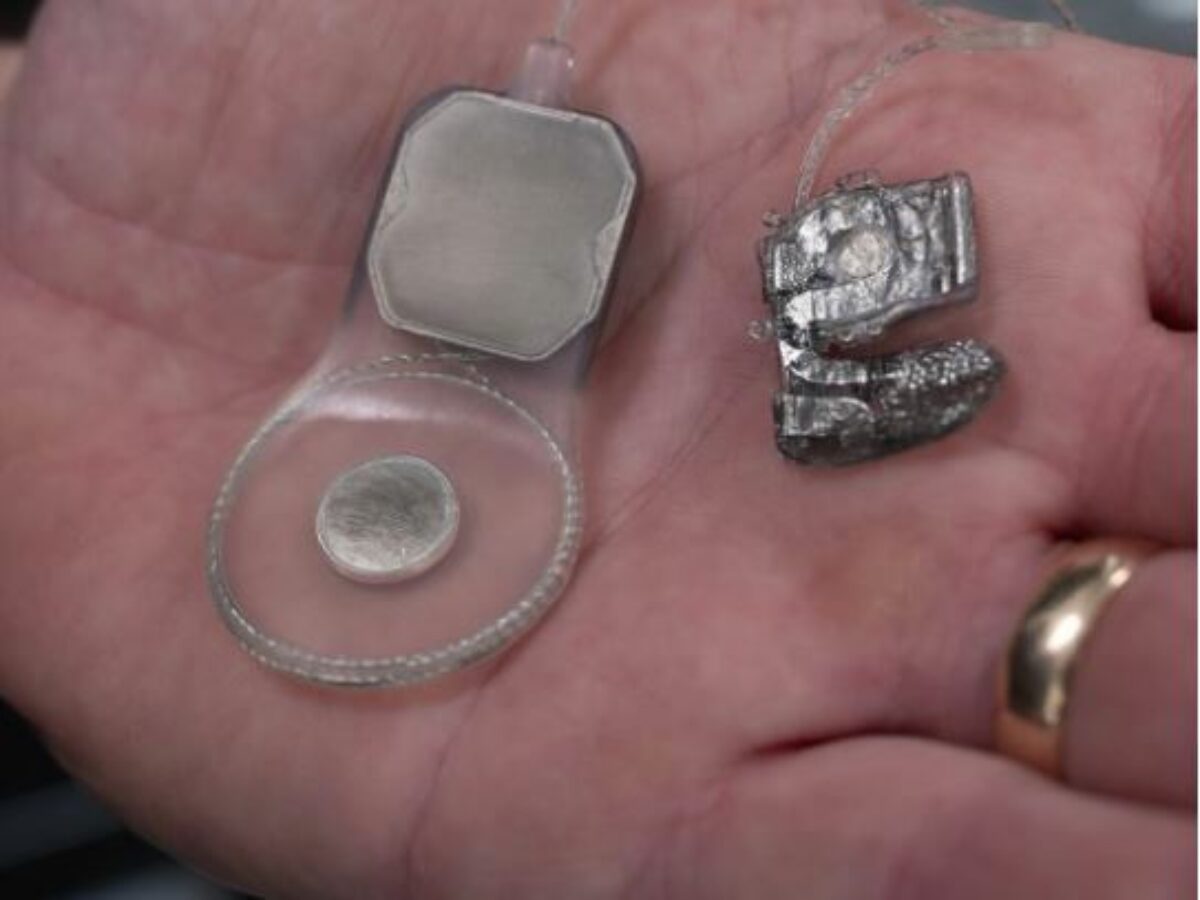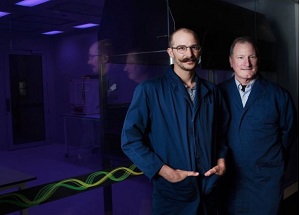Phoenix99 Bionic Eye heading for human trials

Having already revolutionised the world of hearing implants, could Australia be on the way to another ground-breaking commercial product – a vision implant?
This is the potential raised by an announcement that a bionic eye being developed by a team of biomedical researchers at the University of Sydney and UNSW has shown to be safe and stable for long-term implantation in a three-month study, paving the way towards human trials.
The Phoenix99 Bionic Eye is an implantable system, designed to restore a form of vision to patients living with severe vision impairment and blindness caused by degenerative diseases, such as retinitis pigmentosa.
The device has two main components which need to be implanted – a stimulator attached to the eye and a communication module positioned under the skin behind the ear.
Cochlear Ltd’s famous bionic ear had similar components and, like the Phoenix99, came from more than a decade of research at Australian universities.
Like the first bionic ears, the Phoenix99 will not restore normal sight, but could give patients key visual cues such as light, dark and shade, and the ‘edge’ of structures such as buildings and footpaths, massively improving quality of life.
In a study published in the journal, Biomaterials, the researchers used a sheep model to observe how the body responds and heals when implanted with the device, with the results allowing for further refinement of the surgical procedure.
The biomedical research team is now confident the device could be trialled in human patients.
The Phoenix99 Bionic Eye works by stimulating the retina – a thin stack of neurones lining the back of the eye.
In healthy eyes, the cells in one of the layers turn incoming light into electrical messages which are sent to the brain.
In some retinal diseases, the cells responsible for this crucial conversion degenerate, causing vision impairment.
The system bypasses these malfunctioning cells by stimulating the remaining cells directly, effectively tricking the brain into believing that light was sensed.
Biomedical engineer Samuel Eggenberger said: “Importantly, we found the device has a very low impact on the neurons required to ‘trick’ the brain.
“There were no unexpected reactions from the tissue around the device and we expect it could safely remain in place for many years.”
Head of School of Biomedical Engineering Professor Gregg Suaning said the team was thrilled by this extraordinary result, which gave confidence to push on towards human trials of the device.
“This breakthrough comes from combining decades of experience and technological breakthroughs in the field of implantable electronics,” said Professor Suaning.
The team will now apply for ethics approval to perform clinical trials in human patients, as they continue to develop and test advanced stimulation techniques.

Picture: Phoenix99 Bionic Eye/Samuel Eggenberger and Professor Gregg Suaning
Subscribe to our free @AuManufacturing newsletter here.
Topics Manufacturing News Technology
@aumanufacturing Sections
Analysis and Commentary Awards Defence Manufacturing News Podcast Technology Videos






